Welcome to my Hometown! - Aleppo, Syria - by Kamar Beyazid
Do you want to know in which way Aleppo is similar to Veszprém? Keep reading to learn about this wonderful Syrian city, where rich history meets exciting traditions and culture!
Hi there! 👋 My name is Kamar Beyazid, and I am a first-year student of Applied Linguistics MA programme at the University of Pannonia. Let me take you for a virtual journey to my hometown Aleppo, and you will know what makes it so unique and special to me.
Welcome to my hometown Aleppo. Located in northwestern Syria, Aleppo is a true ancient city as archaeological evidence indicates the area around the city has been inhabited since at least the 6th millennium BCE.
Aleppo truly flourished around 2000 BCE when it was part of the Yamhad kingdom and became a major trading center. Due to its strategic location, it was subsequently conquered and ruled by many powers including the Hittites, Assyrians, Persians, Greeks and Romans.
The arrival of the Crusaders left its mark as did the eventual takeover by the Ottoman Turks. Aleppo remained part of the Ottoman empire until the early 20th century when it became part of French mandate Syria and then independent Syria in 1946.

Aleppo is famous for its intricate olive oil soap production, a craft that has been practiced for over 1,000 years. Made from a combination of olive oil, laurel oil and lye, the soaps are handmade using traditional techniques passed down through generations. The careful process results in soaps that are moisturizing and gentle on the skin. Intricate designs are pressed into each bar making every one a work of art. Aleppo soap is exported worldwide and makes a wonderful handmade souvenir.
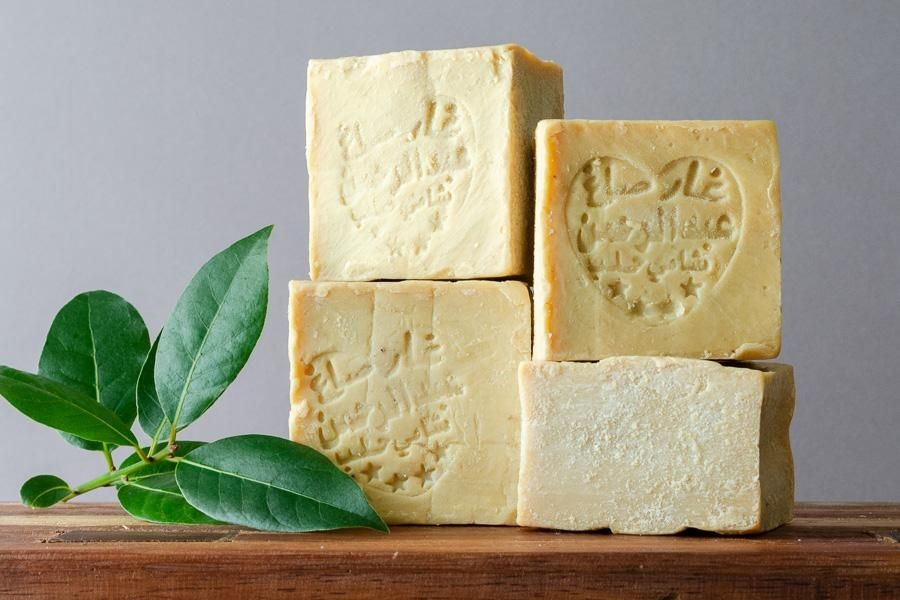
Aleppo’s cuisine is also considered some of the best in Syria, characterized by complex spice blends and diverse influences. Kibbeh, minced lamb or beef mixed with bulgur wheat and spices, is a signature Aleppo dish, shaped into balls, patties or torpedoes. Stuffed zucchini filled with an aromatic mixture of rice and ground lamb is another savory dish that encapsulates the hearty cuisine of Aleppo. 😋🍴
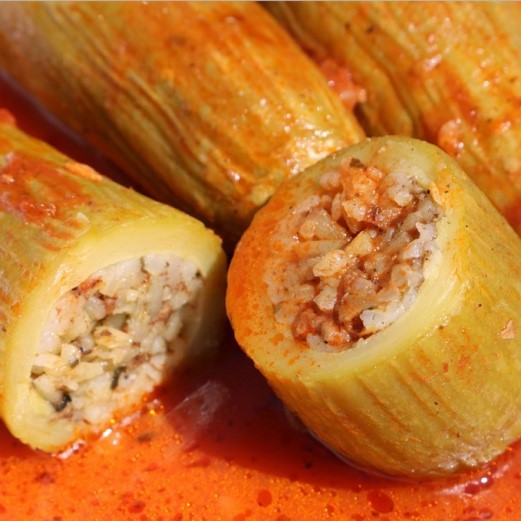
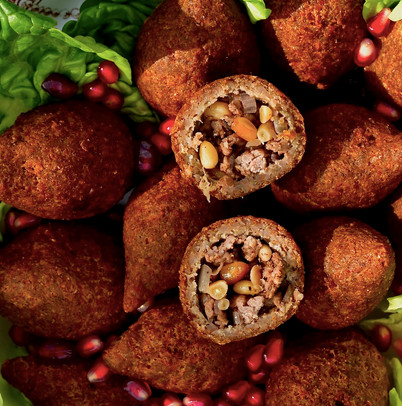
Desserts like baklava and Knafeh, are all Aleppo specialties. The city was historically a stop on trading routes, resulting in a unique fusion cuisine adopting elements from Turkish, Lebanese, Armenian and Persian food.
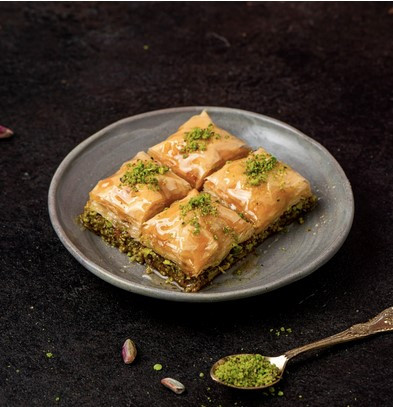
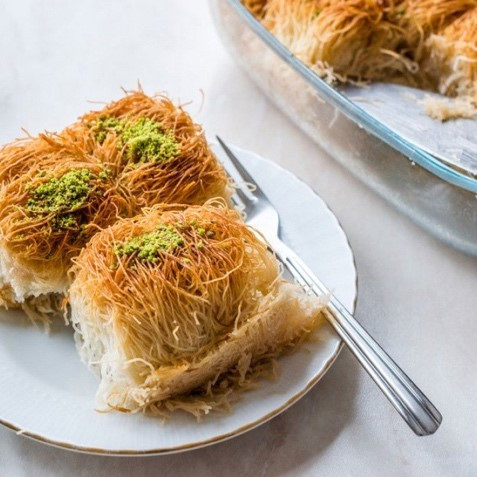
At the heart of Aleppo lies its ancient citadel. Standing 33 meters tall, this massive fortified structure dates back to the 3rd millennium BC. The impressive stone walls and entrance gate give way to a sprawling complex containing bathhouses, mosques, caravanserais, and princely quarters.
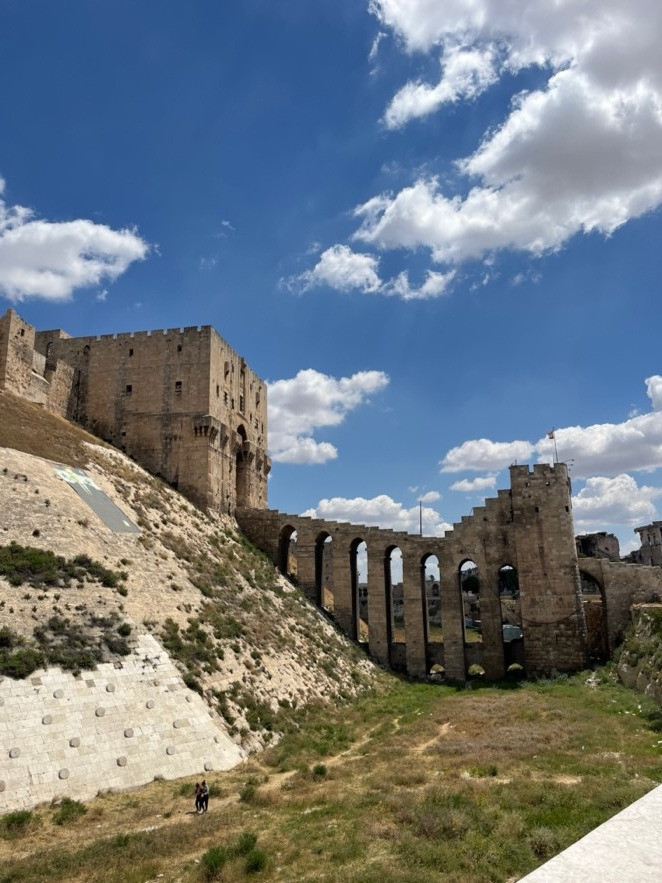
Sections were rebuilt and expanded under the Romans, Byzantines and Mamluks. The citadel housed royalty and military garrisons over millennia and withstood countless invasions and sieges, witnessing pivotal moments in the city's rich history.
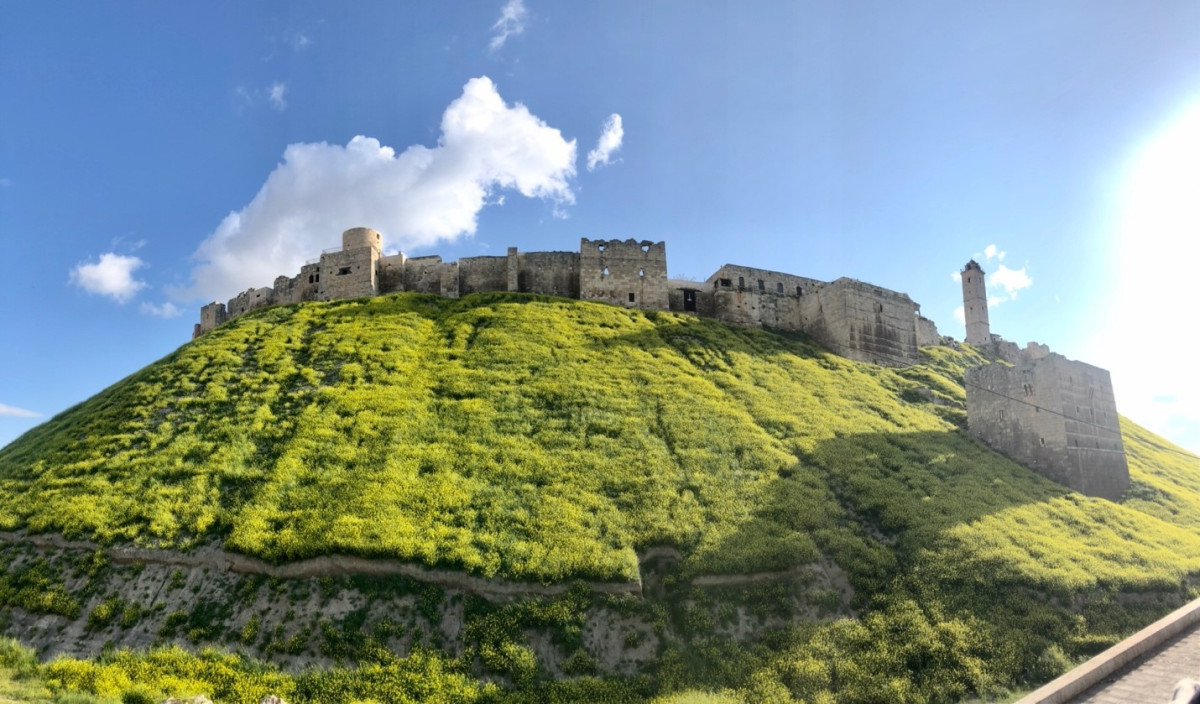
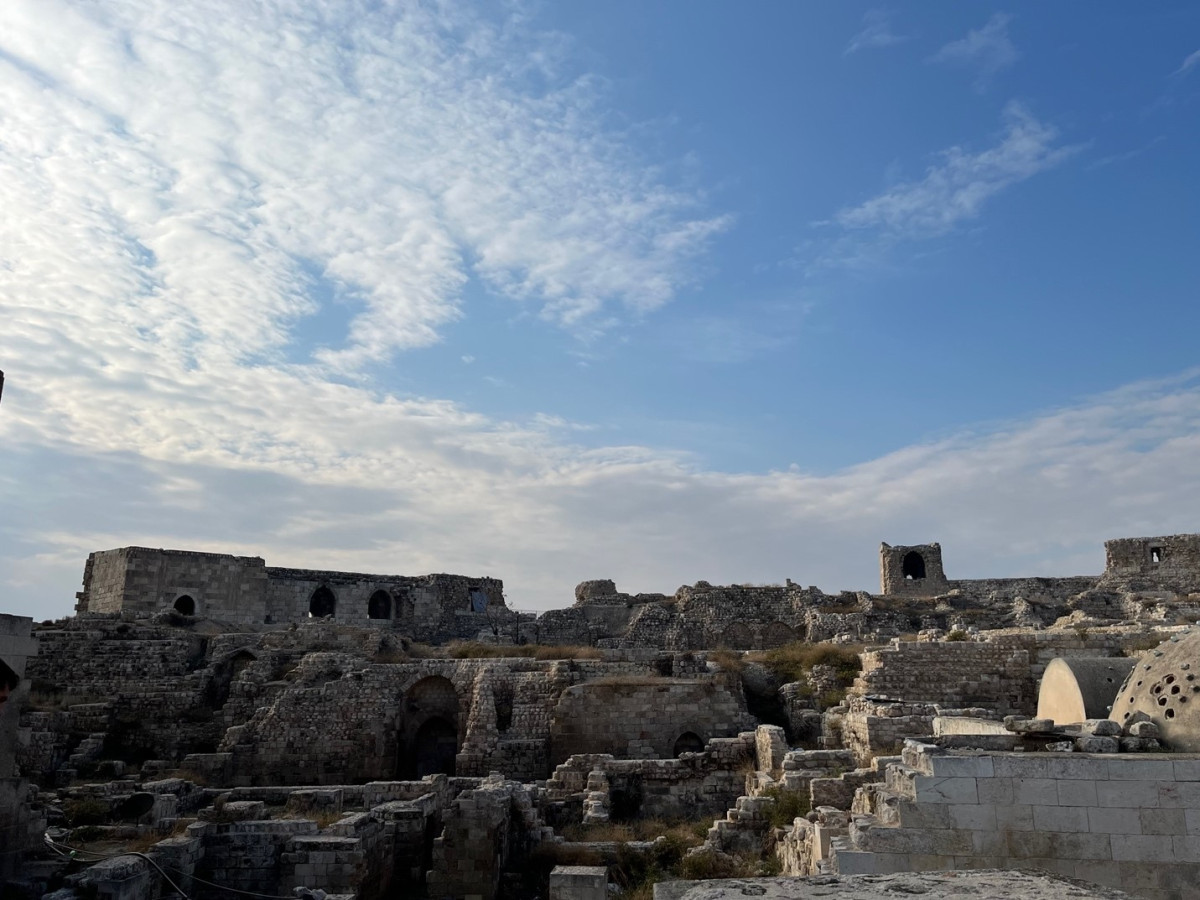
Comparing the Aleppo citadel to Veszprém Castle in Hungary reveals a few similarities between the two medieval fortresses despite the different architectural styles. Both were strategically located high upon hills with commanding views of the surrounding lands. Massive walls, protected by towers, provide psychological intimidation and effective defense. Both structures were also in continuous use for centuries and bear the imprints of successive occupiers. 🏰
So when I first arrived in Veszprém, its castle kindled an unexpected feeling of familiarity. Wandering through the cobblestone streets where locals went about their days with a quiet purpose, exchanging warm greetings and small talk, felt comforting. More than the novelty, it was this quiet belonging that moved me.
What makes a city a home? Is it simply the physical structures—the stone and brick that make dwellings and gathering places? For me, home is not a stationary place, but a feeling within. Wherever we go with open eyes and hearts, we may find unexpected welcome. In the kindness of strangers and echoes of the familiar, we recognize our shared humanity. 🥰
Thank you for reading!